Table of Contents
May is on the way! As we begin a new month, it’s time for another post in our series about using one resource to target several speech therapy goals. This month, we’ll be exploring the possibilities that Canva offers!
Canva is an online graphic design tool that includes countless options for creating any type of visual imaginable, from presentations to digital board games—no graphic design skills required.
The free version of Canva is surprisingly robust, with plenty of design templates and stock photos. The paid version, Canva Pro, has even more content and features. Best of all, Canva for Education allows verified educators to access most of the tools from Canva Pro, as well as education-specific content and helpful tutorials—all for free.
Once you’ve created an account, it only takes a few clicks to start designing! Here are five ways to use Canva in your speech therapy sessions:
Perfect Picture Scenes
There are plenty of high-quality picture scenes available online (the Digital SLP has several options to check out!), but because we’re often working with individualized goals, it’s not always easy to find exactly what we need. When that happens, Canva makes it possible to create it! Even better, the process is so straightforward, it’s almost as quick as a Google search.
To create a picture scene in Canva, there are two main options. You could use the search function to build the scene from scratch, or you could ask its AI image generator, “Magic Media,” to make it for you.
I especially love using the AI image generator for sound-loaded articulation scenes, scenes for describing practice, and even “what’s wrong with this picture” scenes to work on absurdities, inferencing, discussion skills, wh-questions, and more.
Storyboards and Comic Strips
One of my favorite Canva features is its customizable templates. The storyboard and comic strip templates in particular open up a world of options for working on narrative with students and clients.
You could read a story together and then use a storyboard to review the story grammar elements, or invite students to create a new story, using a storyboard to stay organized. Or, students with goals related to self-advocacy or conversation skills could use comic strips to prepare for and process challenging interactions.
Presentations and More
If you work with older elementary, middle school, or high school students, check out Canva’s presentation templates! They’re intuitive and engaging, with a style for every personality.
Students with conversation-level articulation goals or goals related to fluency could create and deliver presentations as a way to practice their strategies in functional contexts, or students could make “get to know me” presentations at the beginning of the year. They could even share presentations about their special interest topics.
Presentation templates can also streamline your lesson planning! Try creating a master session outline (e.g., check-in, review, practice, wrap-up) with a presentation to go with it, and simply edit the content each week to match your specific planned activities. You could also make presentations to introduce or review various speech and language topics with students and clients.
Ready-made Options
We all have those days: sometimes you just need an activity, and you need it fast! Canva has you covered then, too. In addition to its customizable templates, it also has plug-and-play lessons shared by creators from all over the world, covering a huge variety of language-focused topics. Just now, I did a quick search and found:
- Describing Monsters
- Emoji Compound Words
- How to Say the /s/ Sound
- Steps in Making Inferences
- Where Questions Bingo
(You may need to create an account to view the resources, but even just the titles can give you a sense of what’s available.)
The Wonders of Wonderopolis
Canva partners with Wonderopolis, a phenomenal education website featuring nearly 3,000 “wonders”; each has a short passage that answers a question (e.g., “Why do sharks have nostrils?”), and includes visuals, a video, vocabulary words, comprehension questions, and resources for further research.
You can imagine how this is an SLP’s dream, especially for mixed groups! You could work on asking and answering questions, describing, discussion skills, inferencing, syntax, vocabulary, and so much more. To expand the possibilities even further, Canva offers specialized templates that pair perfectly with the available wonders.
Bonus Idea: Creativity Tools
I believe in the power of bringing our personal strengths and interests to our work as SLPs! So if you love creating materials, Canva has everything you need to explore layouts, colors, and graphics as you design posters, visuals, newsletters, and more. (And if you don’t enjoy creating materials, Canva helps you save time, so you can shine in other areas.)
If you have students who are interested in design, you could even collaborate on creative projects!
Since I began using Canva, I’ve realized that the possibilities are truly endless. I’d love to see your creations! And if you want even more digital materials that can be used with a variety of age groups and goal areas, consider signing up for a Digital SLP membership! Click here to learn more.

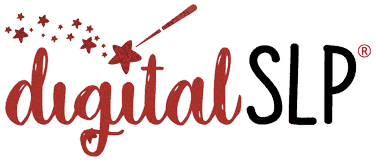
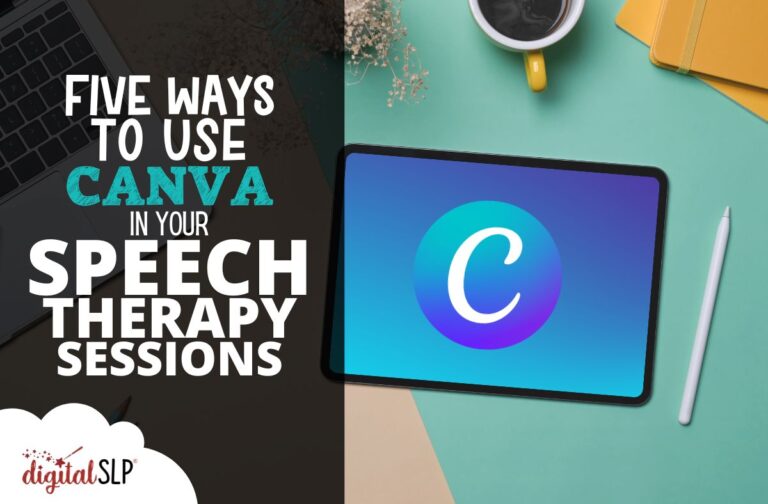

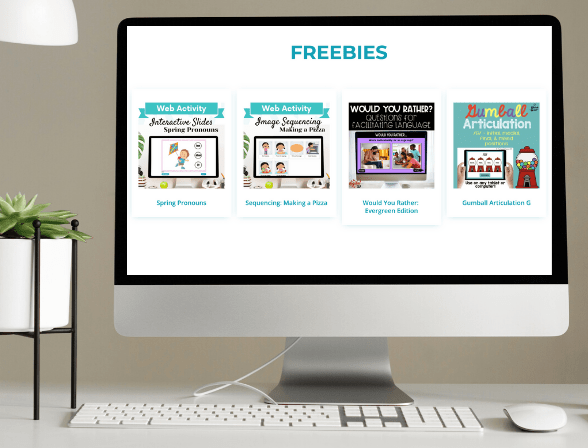

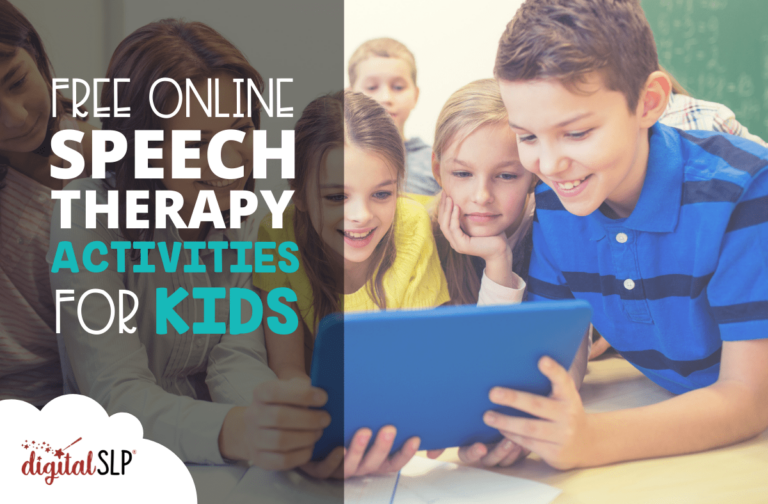
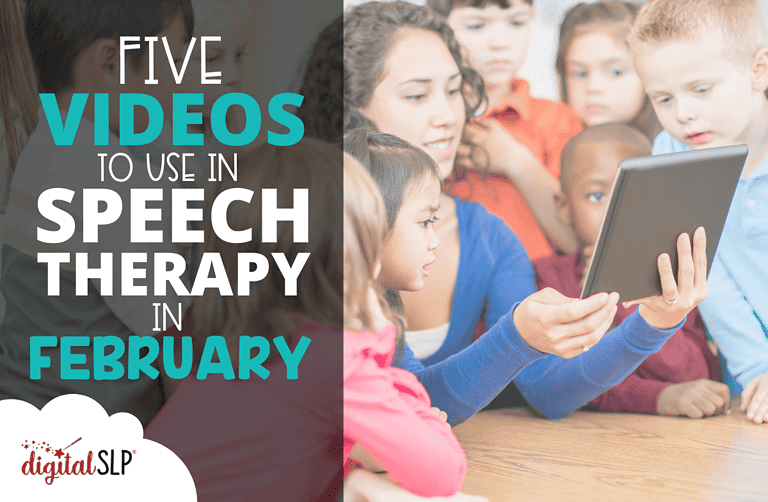

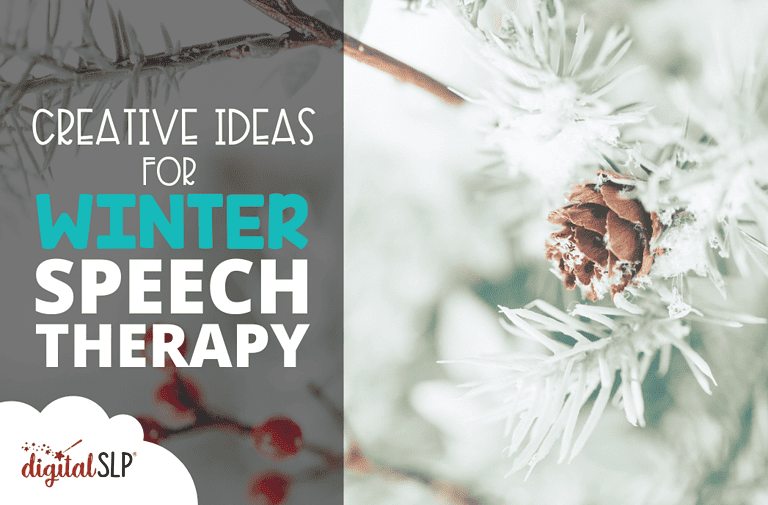
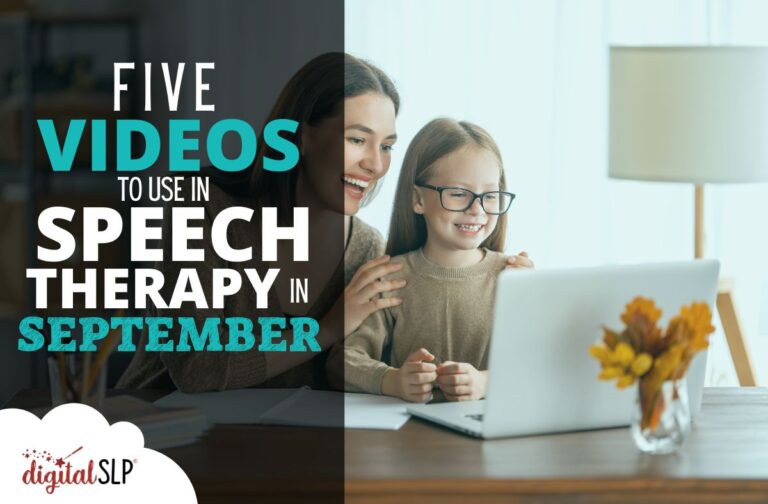
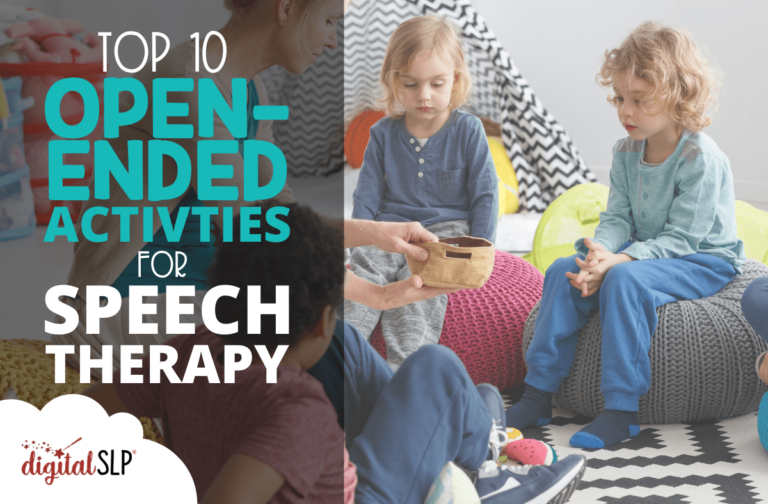
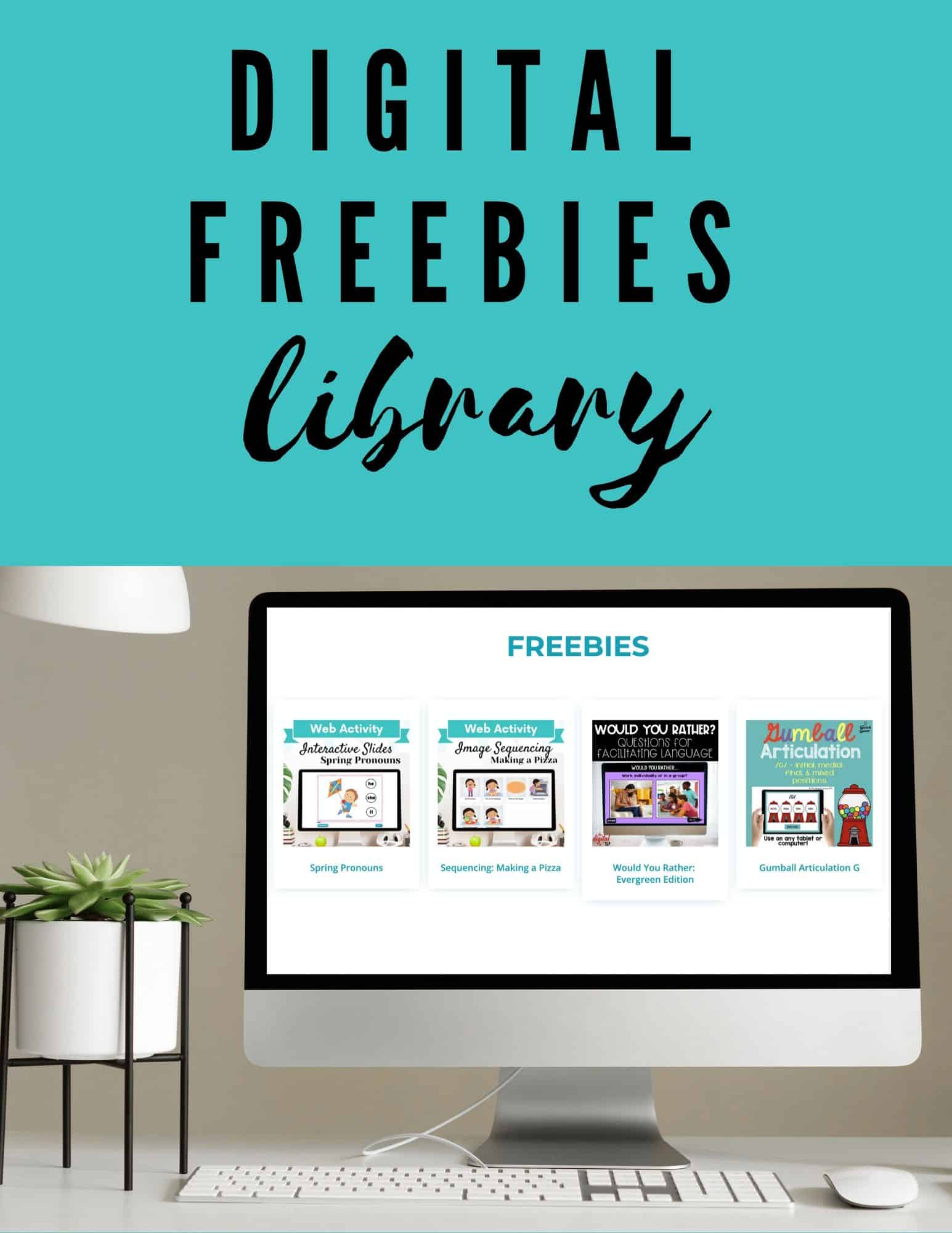
Recent Comments